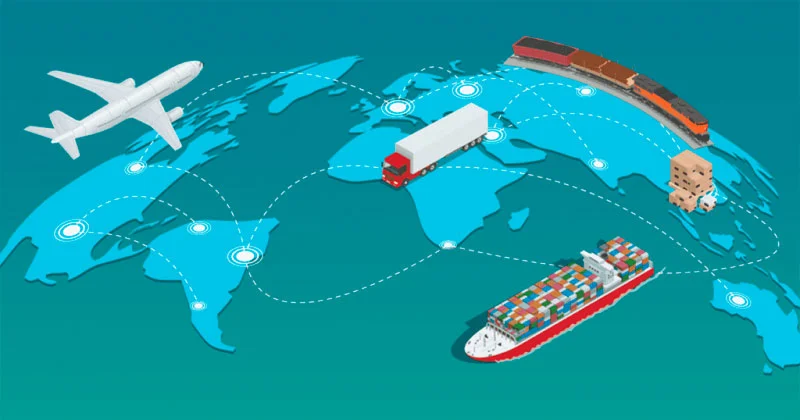In the SQL database, all data is positioned in tables with predefined columns, as seen in the instance of the Postgres DBMS. However, each choices have undergone modifications lately and have gotten more related. Working with knowledge requires dependable tools, databases, and systems to manage these databases. According to a Stack Overflow survey, 43.59% of respondents use PostgreSQL for working with structured information.
It helps horizontal scaling via sharding, allowing information to be distributed throughout a quantity of servers easily. This makes it well-suited for handling large volumes of unstructured or semi-structured information. MongoDB’s schema-less design allows for fast iterations and diversifications to changing information constructions, which is frequent in big information eventualities.
Options Of Mongodb Vs Postgresql
While we’ve mentioned the options of both MongoDB and PostgreSQL that make them successful with the builders, they do have their fair share of weaknesses as nicely. MongoDB Atlas performs the identical method throughout the three largest cloud suppliers, making migration between multiple clouds simpler. Furthermore, PostgreSQL provides information encryption and lets you use SSL certificates when your knowledge transits through the net or public network highways. PostgreSQL additionally lets you implement the shopper certificates authentication (CCA) instruments as an option, and use cryptogenic functions to store encrypted information in PostgreSQL. Data migration may also generate overhead; nonetheless, this is normal regardless of the database you have mongodb vs postgresql performance implemented in your system. Nevertheless, MongoDB does produce other choices like the enterprise and Atlas (for the cloud), which have varying prices.
Information Model#

We have deployed a MongoDB cluster that incorporates a master node server (primary) and four replication slaves (secondaries) in Reproduction Set mode. While MongoDB offers commonplace primary-secondary replication, it is more frequent to make use of MongoDB’s replica sets. A replica set is a group of a number of coordinated situations that host the same dataset and work together to ensure superior availability.
- We implemented a simple benchmarking check using Node.js and MongoDB, and explored finest practices and optimization techniques to enhance performance.
- If you should add a new area to a doc, then the sector can be generated with out impacting different paperwork within the collection or updating an ORM or a central system catalog.
- PostgreSQL is understood for its adherence to the SQL normal and extensibility, which permits users to outline their own knowledge varieties, operators, and capabilities.
- A Number Of modern day issues must cope with giant quantities of spatio-temporal knowledge.
The index size varies between the two database methods even for a similar attribute that carried out. The two systems retailer knowledge in a unique way Prompt Engineering and the idea of “index” is totally different too. As an example the scale of the index on attribute “ship_id” in MongoDB is about 6 GB while in PostgreSQL the dimensions is 3,1 GB. As mentioned above, the data are saved in MongoDB as GeoJSON and the $geometry field accommodates the coordinates values, latitude and longitude. Because these knowledge are geographical, we create a 2dsphere index type which supports geospatial queries. Respectively, in PostgreSQL we created an index of kind GiST on field the_geom which incorporates the POINT geometry created from latitude and longitude of every record.
Dynamic schema means you don’t need to outline the schema earlier than inserting a document into mongoDB. Aditi Prakash is an experienced B2B SaaS author who has specialised in information engineering, data integration, ELT and ETL greatest practices for industry-leading corporations since 2021. Here’s a desk presenting a concise overview of the key attributes, permitting for easy comparison for MongoDB vs. PostgreSQL.
Options Ofpostgresql
The most distinguished case is maybe the info storage methods, that have developed a lot of functionalities to effectively assist spatio-temporal data operations. This work is motivated by the query of which of these information storage systems is best suited to address the wants of industrial purposes. In specific, the work performed, set to establish probably the most environment friendly information store system by means of response instances, evaluating two of essentially the most consultant of the 2 categories (NoSQL and relational), i.e. Moreover, the average response time is radically reduced with using indexes, especially within the case of MongoDB. There are challenges in managing and querying the huge scale of spatial data such because the high computation complexity of spatial queries and the environment friendly dealing with the massive information nature of them. There is a need for an interactive efficiency when it comes to response time and a scalable architecture.
The integration of AI applied sciences, especially in instruments like Chat2DB, will continue to revolutionize how builders and organizations have interaction with databases, making information management extra intuitive and environment friendly. Conversely, MongoDB provides important features like authentication, authorization, and information encryption. For a detailed have a look at MongoDB’s security features, refer to its security documentation (opens in a new tab). MongoDB gives us the pliability to alter the information schema at any time.MongoDB can handle operational, transactional, and analytical workloads simply.
For high-speed spatial querying, PostgreSQL makes use of GiST indexes that can be used to index geometric information sorts. In Q4, Q6 and Q9 a BTree index is created on area timestamp for both systems, a 2dsphere index on field $geometry in MongoDB and a GiST on area the_geom in PostgreSQL. Lastly in 20 is introduced a system known as Hadoop-GIS, a scalable and high efficiency spatial knowledge warehousing system which might effectively carry out giant scale spatial queries on Hadoop.

Moreover, it doesn’t have revising instruments or reporting instruments that could present the present situation of the database. You may have to examine the database continuously if one thing doesn’t go as deliberate to keep away from noticing a failure when it’s too late. Like PostgreSQL, MongoDB additionally has a group discussion board that enables users to attach with a quantity of other customers and get their common queries answered. The MongoDB enterprise assist can additional include an in depth information base with use circumstances, detailed tutorials, technical notes on optimizations, and finest practices.
It has a long history of being a sturdy, dependable, and feature-rich database system, extensively utilized in various industries and applications. PostgreSQL is known for its adherence to the SQL commonplace and extensibility, which allows customers to outline their own knowledge varieties, operators, and features. It is developed and maintained by a dedicated neighborhood of contributors and is on the market on multiple platforms, including Home Windows, Linux, and macOS. PostgreSQL supplies a strong set of index sorts designed for relational knowledge https://www.globalcloudteam.com/ fashions. The default B-tree index is versatile for most scenarios, dealing with equality and vary queries efficiently.


Deixe uma Resposta